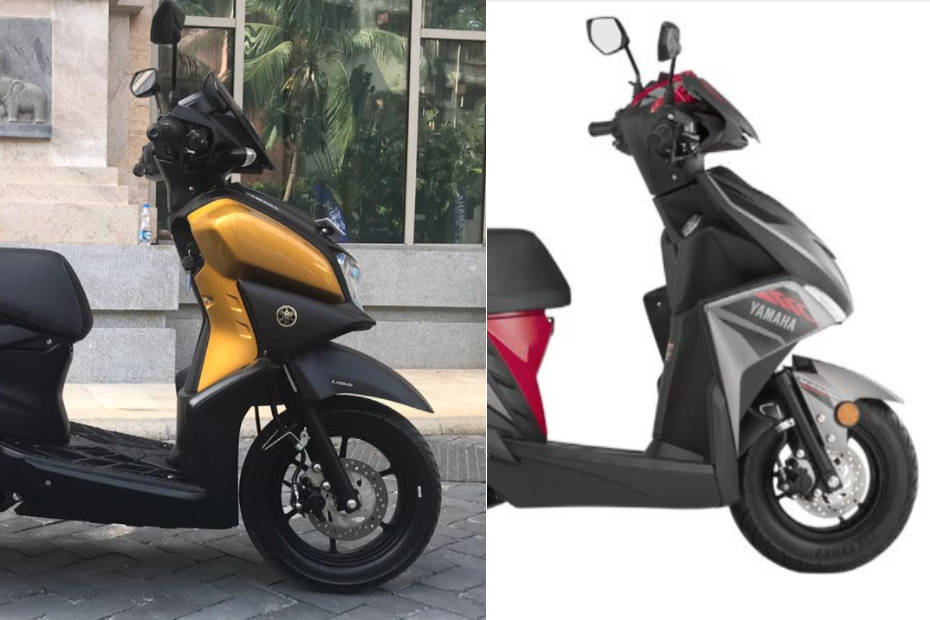BS6 Yamaha Ray ZR 125 Fi vs BS4 Ray ZR 110: What’s different?
Published On Dec 21, 2019 02:19 PM By Alpesh Rajpurohitfor Yamaha Ray ZR 125
- 3188 Views
We find out what separates both models besides the engine

Along with the new Fascino 125 Fi, Yamaha has also launched the Ray ZR 125 Fi. And, as the name suggests, both scooters are now fuel-injected and powered by a bigger 125cc motor. So, has Yamaha just plonked a bigger engine in these scooters or are there any major changes compared to their predecessors? We’ve already done a detailed story on the BS4 Fascino vs the new one. So, let’s focus on the differences between the old Ray ZR and the 2019 BS6 Ray ZR 125 Fi.
It looks different compared to the old Ray ZR:

With the new BS6 variant, Yamaha went back to the drawing board and redesigned the scooter from the ground up. From the front fender to the rear quarter panel, everything is new on the Ray ZR 125 Fi. To further separate it from the previous-gen Ray ZR, Yamaha has thrown faux air scoops at the front and a small windscreen as well. If we had to choose between the two, we would go for the BS6 version, especially the Rally Street variant! What’s so different between both variants? Head here to find out.
More displacement means more power:
While the previous iteration was powered by a 113cc mill that churns out 7.1PS and 8.1Nm, the new 125cc motor makes 8.2PS and 9.7Nm. That’s a power bump of just 1PS and 1.6Nm over the 113cc model. Yamaha claims the new Ray ZR 125 Fi offers 58kmpl, which is around 16 per cent more than before.
More features than before:

Although it is not as feature-equipped as the NTorq 125, Yamaha has made quite an effort in this department. The new Ray ZR 125 Fi comes with LED DRLs, an ACG starter for silent start, start-stop technology and a side stand engine cut-off feature, which will now come as a standard fitment across Yamaha’s India lineup. Both variants come equipped with a fully digital instrument cluster, but the one on the BS6 Ray ZR 125 Fi looks big compared to the older model.
Updated underpinnings:
While the suspension and braking hardware remains unchanged, Yamaha has equipped the new 125cc Ray ZR with larger 12-inch wheels compared to the 10-inches on the previous model. Now, we will reserve our judgement on how it rides until we get our hands on one. So stay tuned for our first ride report.

There will be an increment in price:
The current 110cc Ray ZR is priced between Rs 57,000 and Rs 59,000 and considering the number of updates the BS6 Ray ZR has received (a lot!), we expect it to carry a premium of around Rs 10,000 over the older model. Yamaha will officially launch the scooter and start deliveries from February next year.
